Things You Need to Know Before Playing Thymesia
Things to know before you venture into the Hermes Kingdom.
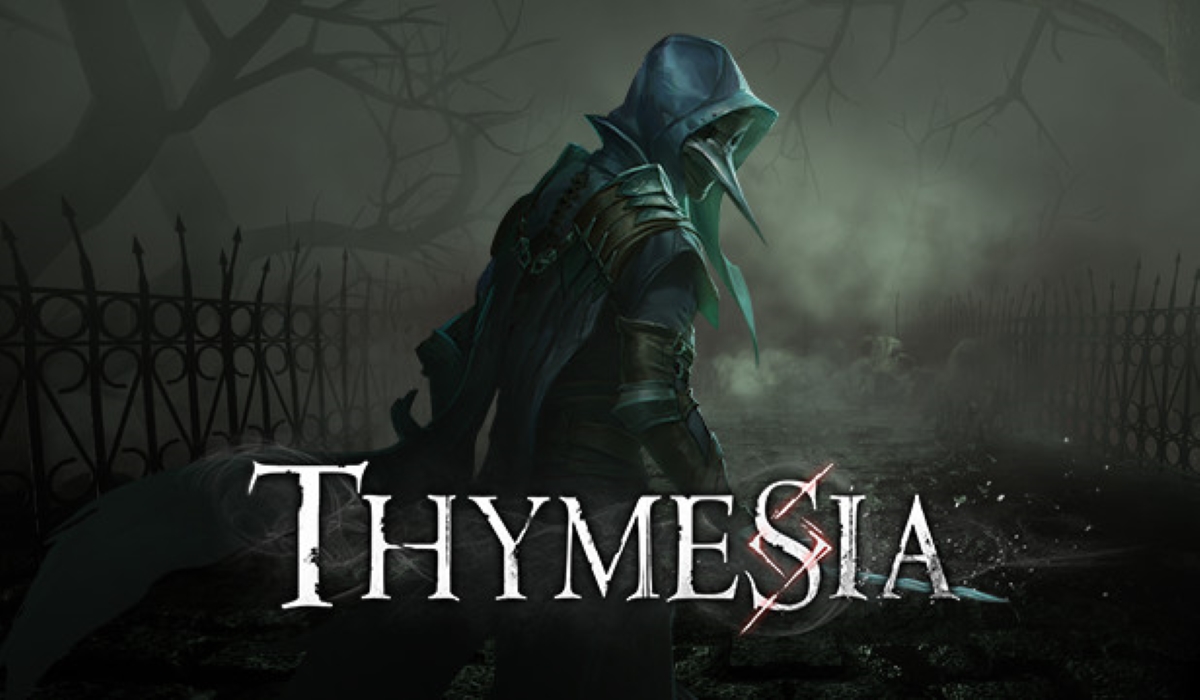
The new Soulslike action RPG from OverBorder Studios, Thymesia, is a challenging, but accessible entry into the Soulsborne genre, and introduces a variety of features that make the game a one-of-a-kind experience. While the game has quick tutorials available to its players, this guide will take an in-depth look Thymesia’s unique aspects and mechanics, helping you to know what you’re getting yourself into before you take the plunge into the Hermes Kingdom.
Is there a Stamina Bar?
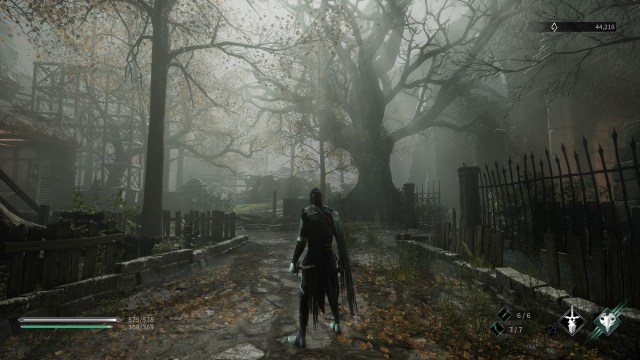
One feature of Thymesia that will be immediately noticeable to Soulsborne veterans is the game’s lack of a stamina bar. This allows Corvus to move much more freely and makes dodging enemy attacks much easier when compared to the standard bearers of the genre.
Thymesia’s Enemy Health Bar
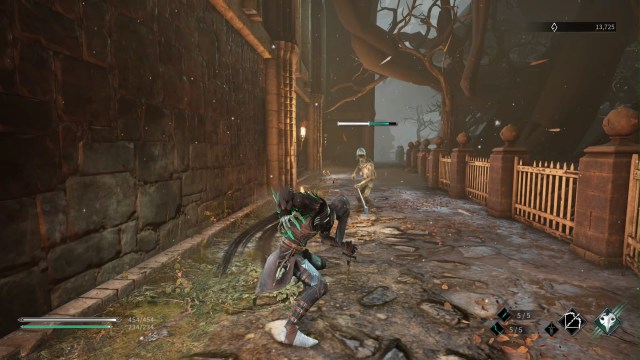
Further differentiated from its Soulslike kin, Thymesia introduces a unique “wound” mechanic, which has a major impact on combat strategy. Corvus’ enemies have two health bars, one white and one green. The white health bar represents an enemy’s total health, while the green health bar represents their wounds. Corvus can damage the enemy’s white health bar with his saber and plague weapons, but can only impact the green health bar with his claw weapon, specially designed to decimate enemy wounds. If Corvus fails to attack the enemy’s wounds in time, his opponents will heal, further lengthening each combat encounter. This feature forces Thymesia’s players to be more aggressive, as playing passively will only make the game harder.
To Reave or Not to Reave?
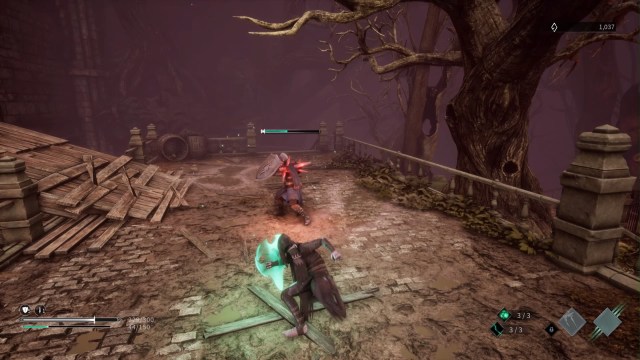
When an enemy loses both of their health bars, they become “dazed,” leaving them open to two kinds of attacks, executions or reave attacks. In an execution, Corvus performs a visceral stabbing attack, while reaving sees Corvus use his claw to kill the enemy, stealing a copy of their weapon in the process. Each has its own tactical benefit and can be further improved through the game’s skill trees. Reaving will be further discussed in the “Plague Weapons System” section of this article.
How do Corvus’ Feathers Work?
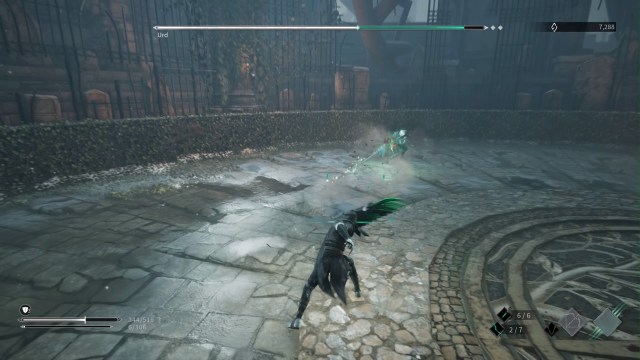
Being a human-raven hybrid, Corvus’ feathers are another important tool at his disposal. Acting as projectiles, Corvus can use his feathers to interrupt incoming enemy attacks, leaving his foes open for a counterattack, but even more importantly, his feathers can keep his adversaries’ wounds open, preventing them from healing. It is highly recommended to upgrade the number of feathers and feather regeneration rates to aid Corvus in his travails through the Hermes Kingdom.
Plague Weapons System
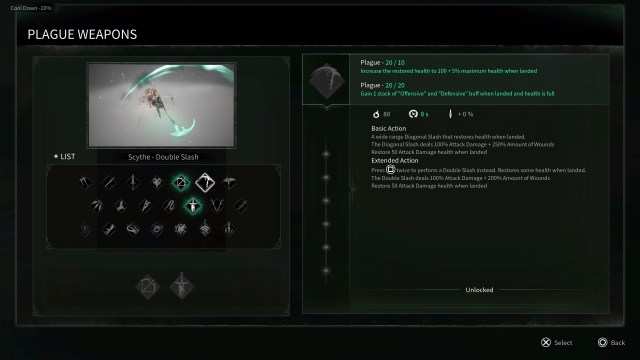
Thymesia’s signature combat feature is its deep plague weapons system. This mechanic gives Corvus the ability to conjure an arsenal of weapons by using his plague energy. There are two types of plague weapons: reaved and crafted. While in mid-fight, by holding, then releasing the right trigger on Xbox Series X|S or R2 on PS5, Corvus can “reave” weapons from his enemies, creating an astral copy that he can against them once. However, in order for Corvus to permanently add a plague weapon to his arsenal, he must use weapon shards from fallen enemies to craft specific ones.
Related: Thymesia Review | “Bring Out Your Dead” for a New Soulslike Adventure
Thymesia’s Attributes
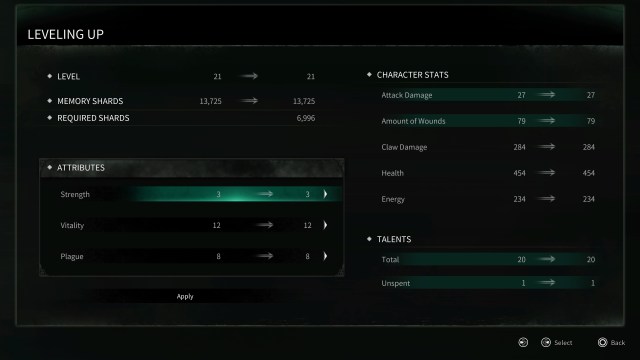
In a further demonstration of Thymesia’s accessibility for beginner Soulsborne players, the new RPG only features three attributes, which can be leveled up through spending memory shards, the game’s currency earned from slaying enemies and bosses. The three attributes are Strength, Vitality, and Plague. Strength buffs weapon and wound damage, while Vitality improves Corvus’s maximum health, and Plague increases claw damage and energy, allowing Corvus to conjure stronger plague weapons, and more frequently too. Through multiple ventures into the Hermes Kingdom, I’ve found that investing in Vitality and Plague provides the most tangible benefits to Corvus’ gameplay, but I would urge players to explore for themselves. If you don’t like your current build, Corvus can use a Forgotten Feather, which can be attained after completing quests and boss battles, and allows players to respec their attributes, and try out new builds.
Corvus’ Talents
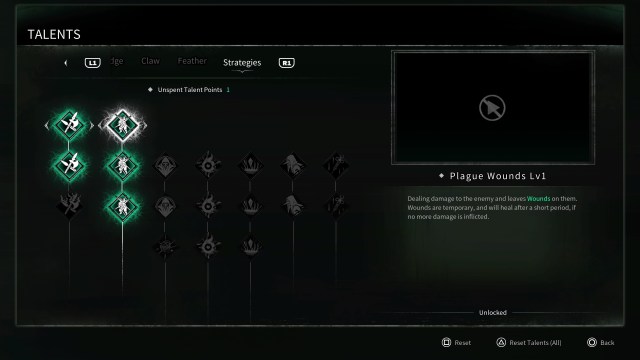
In a further departure from the larger Soulslike genre, Thymesia introduces a “Talents” system, which works similarly to skill trees found in modern action-adventure games and RPGs. Each time Corvus levels up his attributes, he gains an ability point to use in one of six skill trees: Saber, Deflect, Dodge, Claw, Feather, and Strategies. Each skill upgrade helps Corvus on his path to acquiring boss cores, and saving the Hermes Kingdom from the plague, and is fully customizable for any build. Talents are also adjustable, and Talent Points can be redistributed however and whenever players desire.
Dodging vs. Deflecting
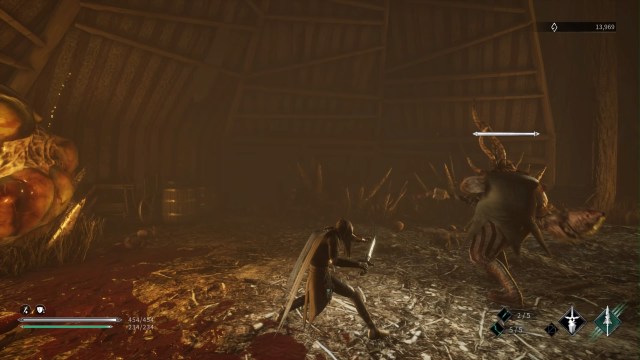
Just like its Soulsborne relatives, while in the midst of combat, the two methods of damage avoidance in Thymesia are either dodging or deflecting attacks. While deflecting has its place against the many threats found in the Hermes Kingdom, ultimately, dodging is the much more reliable and easier method for escaping damage. Investing in the Long Dodge talent is a must-have, as it helps Corvus to generate distance from incoming attacks, giving him a wide berth from enemy onslaughts, and allows players to move around opponents with ease.
Is There Fast Travel?
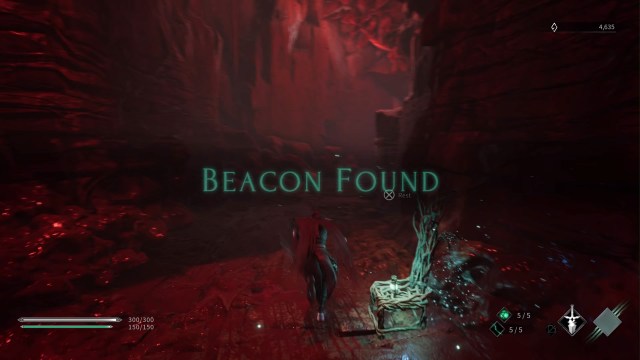
Thymesia features save points called “beacons,” which are similar to arch stones, bonfires, lamps, etc. in other Soulsborne games. However, unlike its FromSoftware counterparts, Thymesia does not allow Corvus to fast travel to specific beacons, so if you “cease recall” and leave a location midway through the story or a sub quest, keep in mind that you will have to start from the beginning of that level whenever you decide to return.
Is There Fall Damage in Thymesia?
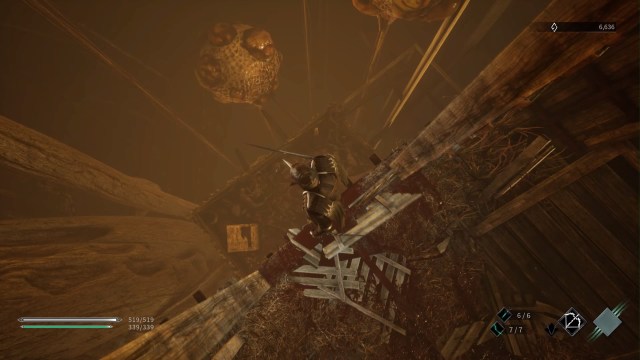
Lastly, a feature sure to make experienced Soulsborne gamers happy is that Thymesia does not have any fall damage, so if you want to drop to a lower level from a high ledge, go for it. The only “fall damage” that can occur is if an enemy lands on you. Even parts of maps that Corvus could theoretically fall off of have invisible walls, so unlike other Soulslike titles, falling to death is not a concern in Thymesia.
